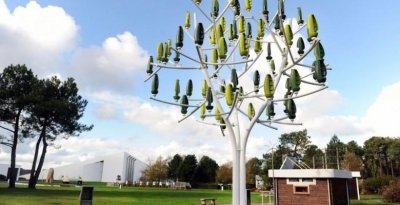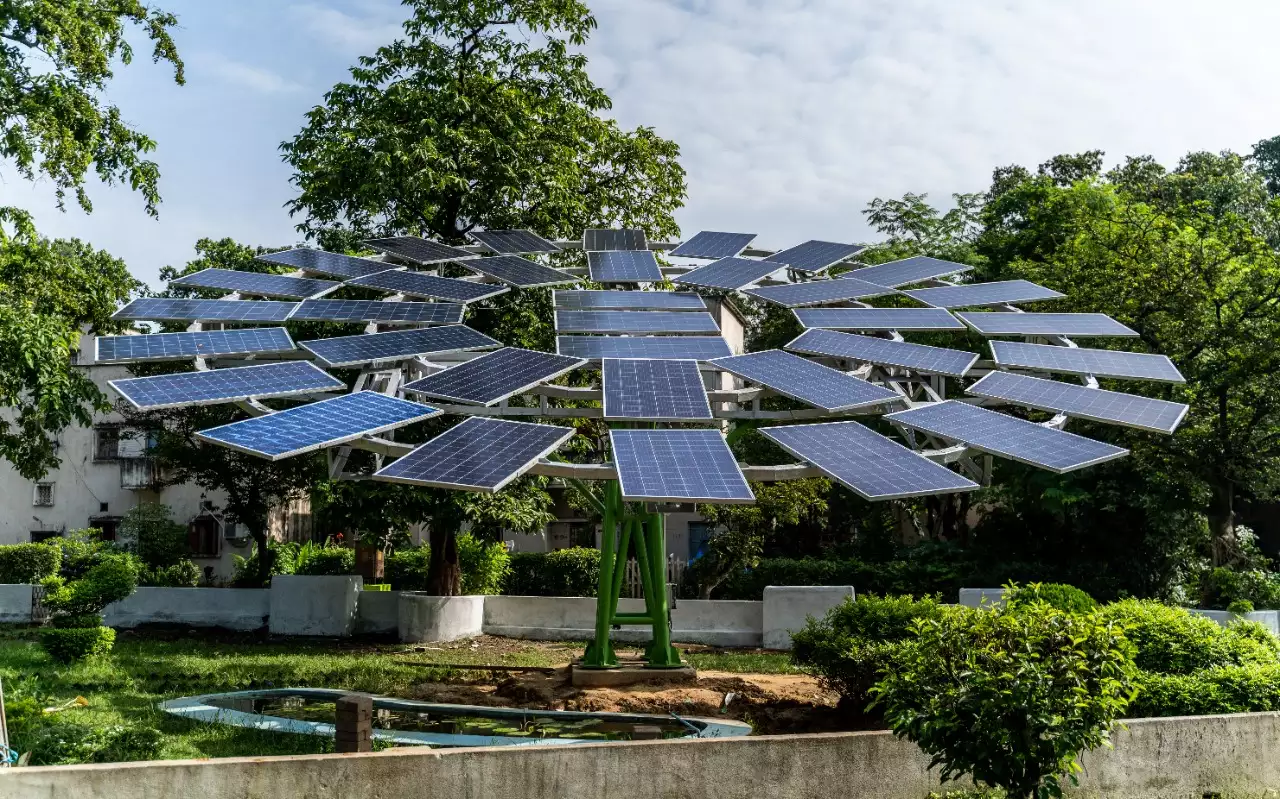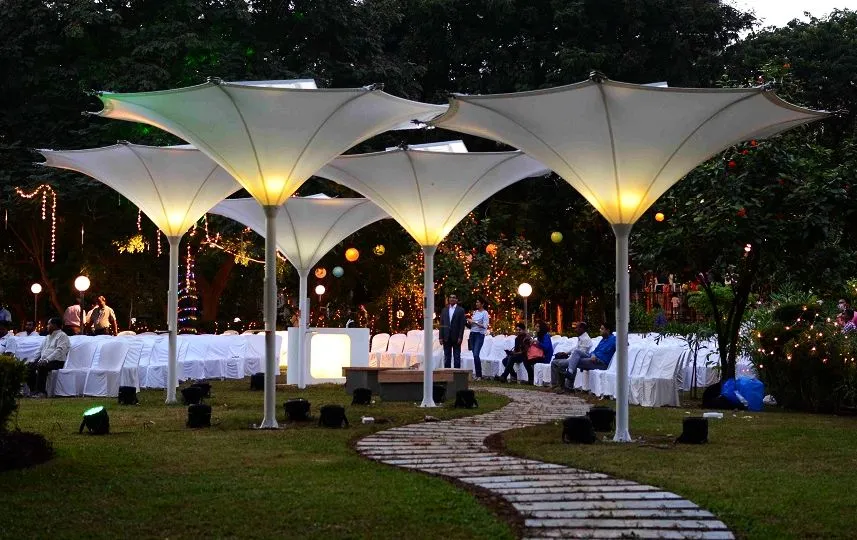
You might have heard about cryptocurrency? But do you know what it is, how it works or how it is mined? Read on to find out...
You are all familiar with currency in the form of notes and coins that are physical, meaning you can touch and feel them. There is, however, a kind of currency that you cannot see, touch or feel. It is called cryptocurrency.
What is Cryptocurrency?
A cryptocurrency is a type of digital money, the electronic form of real-world money. It has no form and exists only in the digital world. Digital payments like Google Pay, Internet banking, debit cards, etc. are necessarily linked to a bank account. In the case of cryptocurrencies, you do not need a bank- account. Digital currency allows people to send and receive payments anywhere directly to one another using an online system, without needing a bank or any centralised authority.
As a result, some countries don't allow cryptocurrency payments, while others ban cryptocurrency exchanges or control those who provide this service.
Types of cryptocurrencies
Just like the world has many different currencies such as the Euro, the US dollar and the Japanese yen there are different types of cryptocurrencies.
The most well-known cryptocurrency is Bitcoin, which has been around since 2009 and is the world's largest cryptocurrency. It is followed by Ethereum, Ripple, Bitcoin Cash, Cardano and Litecoin.
Who invented Bitcoin?
Bitcoin is considered the world's first cryptocurrency. However, there is a lot of mystery surrounding its origin.
In October 2008, a person or a group of persons using the name ‘Satoshi Nakamoto' released a paper describing a new form of electronic cash called bitcoin, The paper was released through a mailing list using cryptography, which is a method of checking and securing data using extremely difficult mathematical codes.
The identity of Satoshi Nakamoto remains a mystery. It is unknown whether it is one person or a group of people. It is popularly believed that the name is an acronym for some of the leading technology companies: Samsung, Toshiba, Nakamichi and Motorola (Sa-Toshi-Naka-Moto).
Blockchains
When a person transfers cryptocurrency funds, this transaction is recorded in a public ledger, called the blockchain.
A blockchain is a record of all transactions carried out by cryptocurrency holders. This blockchain technology joins groups of transactions (blocks) together over time (in a chain). Each time a transaction is made, it forms part of a new block that is added to the chain. So, the blockchain provides a record of every transaction. The blockchain system is very difficult to hack.
How does a cryptocurrency work?
The cryptocurrency payments system exists only as digital entries in an online database, which describes each specific transaction. A cryptocurrency wallet is needed to store cryptocurrencies. These wallets can be software that is a cloud-based service or is stored on a computer or mobile device. It is through these wallets that a person can store encryption keys that confirm his or her identity and link to his/her cryptocurrency. This is the only tangible proof of ownership of cryptocurrency.
Cryptocurrency users can buy cryptocurrencies from brokers, then store and spend them using cryptographic wallets.
Cryptocurrency mining
The units of cryptocurrency are created through a process called 'mining'. This involves using computer power to solve complicated mathematical problems that generate coins.
Cryptocurrency mining is very hard, costly and not always rewarding.
Did you know?
- The first bitcoin transaction was for buying a pizza. A man in Florida, USA. paid 10,000 bitcoins for two pizzas on 22 May 2020, making it the first commercial bitcoin transaction.
- There are over 9,500 cryptocurrencies in existence as of March, 2022.
- The total amount of bitcoins available is limited to 21 million. So, at some point, no more bitcoins can be mined.
Picture Credit : Google










